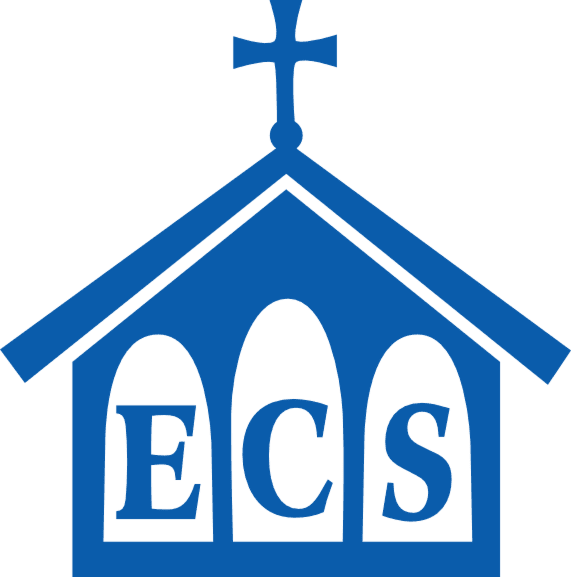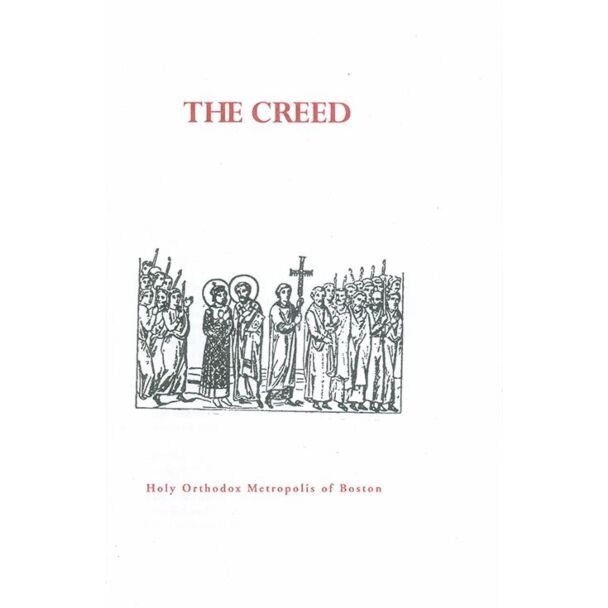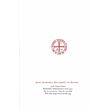The Creed
Publication Data: Roslindale, MA: Holy Orthodox Metropolis of Boston
Format: softcover
Number of Pages: 52
Dimensions (l × w × h): 21.6 cm × 14.1 cm × 0.5 cm
Additional Information: black-and-white illustrations
“When we of the Orthodox Catholic Religion speak of the Creed, we mean that statement of belief which we recite at the Liturgy just before the beginning of the Anaphora (the heart of the Liturgy). The authorization of this Creed is ascribed to two Ecumenical Councils: the First Council, which met at Nicaea in 325; and the Second Council, which met at Constantinople in 381. The part ascribed to the Second Council consists of the teaching about the Holy Spirit: His Personality, Eternity, Divinity, Operations, and Procession. Because of the Creed’s ascription to two Councils, it is sometimes called the Niceno-Constantinopolitan Creed; but it is also known as the Constantinopolitan Creed, and best known, as well as most commonly referred to, as the Nicene Creed.”
—“The Creed”
CONTENTS
The Historical Setting of the Creed
Councils Before the First Ecumenical Council, and Creeds Before the Nicene Creed
by the Holy Transfiguration Monastery
The First Ecumenical Council
An Account of the Great and Holy Council Assembled in the Year 325 at Nicaea During the Reign of the Emperor Saint Constantine the Great, Compiled by the Holy Transfiguration Monastery from the Books of Ecclesiastical History of Sozomen, Theodoret, and Socrates
The Creed
By Rt. Rev. Michael G. H. Gelsinger, Ph.D.
Lectures at the Eastern Orthodox Catechetical Conference, Michigan State College, East Lansing, Michigan, July 19, 1955
Format: softcover
Number of Pages: 52
Dimensions (l × w × h): 21.6 cm × 14.1 cm × 0.5 cm
Additional Information: black-and-white illustrations
“When we of the Orthodox Catholic Religion speak of the Creed, we mean that statement of belief which we recite at the Liturgy just before the beginning of the Anaphora (the heart of the Liturgy). The authorization of this Creed is ascribed to two Ecumenical Councils: the First Council, which met at Nicaea in 325; and the Second Council, which met at Constantinople in 381. The part ascribed to the Second Council consists of the teaching about the Holy Spirit: His Personality, Eternity, Divinity, Operations, and Procession. Because of the Creed’s ascription to two Councils, it is sometimes called the Niceno-Constantinopolitan Creed; but it is also known as the Constantinopolitan Creed, and best known, as well as most commonly referred to, as the Nicene Creed.”
—“The Creed”
CONTENTS
The Historical Setting of the Creed
Councils Before the First Ecumenical Council, and Creeds Before the Nicene Creed
by the Holy Transfiguration Monastery
The First Ecumenical Council
An Account of the Great and Holy Council Assembled in the Year 325 at Nicaea During the Reign of the Emperor Saint Constantine the Great, Compiled by the Holy Transfiguration Monastery from the Books of Ecclesiastical History of Sozomen, Theodoret, and Socrates
The Creed
By Rt. Rev. Michael G. H. Gelsinger, Ph.D.
Lectures at the Eastern Orthodox Catechetical Conference, Michigan State College, East Lansing, Michigan, July 19, 1955
Write Your Own Review






